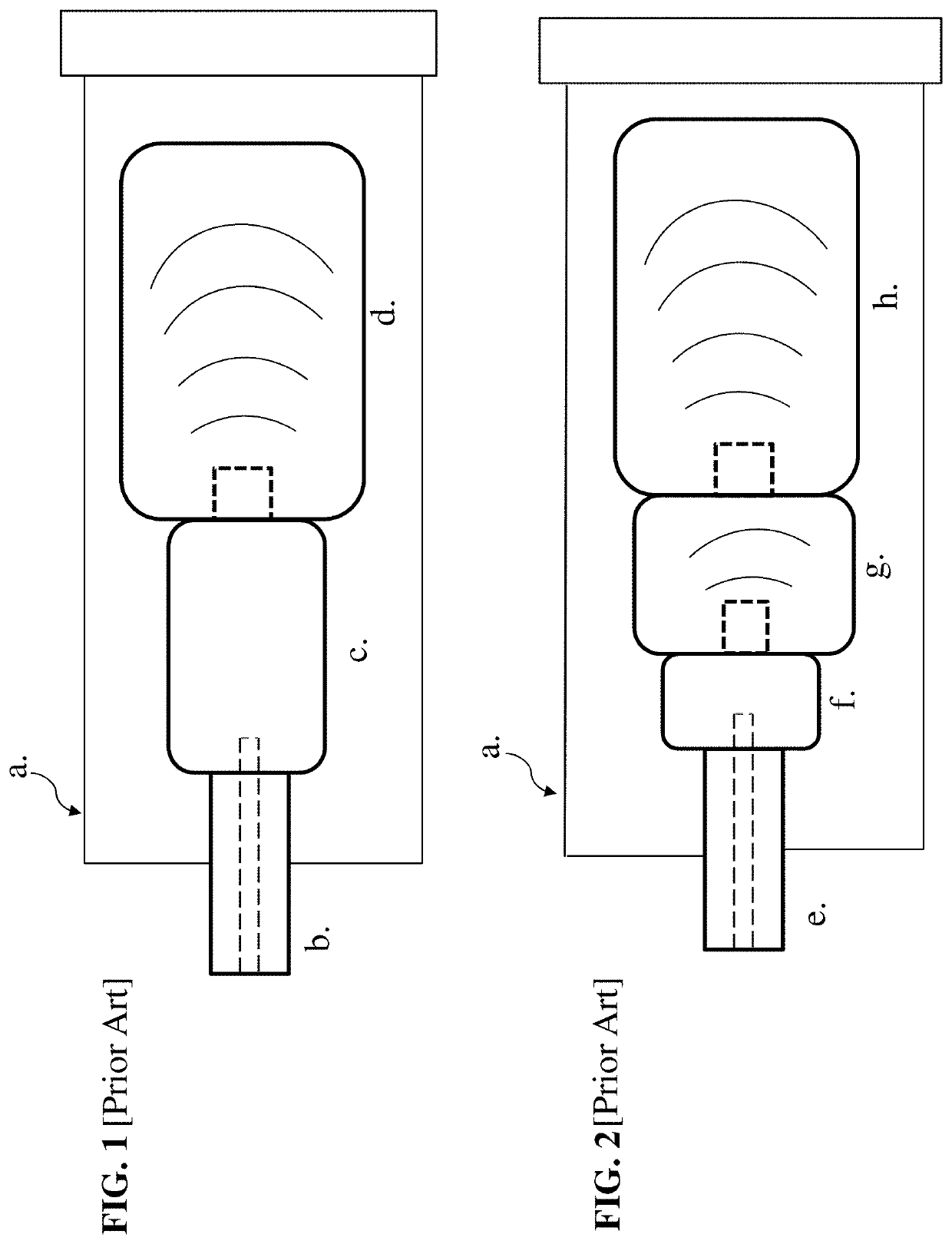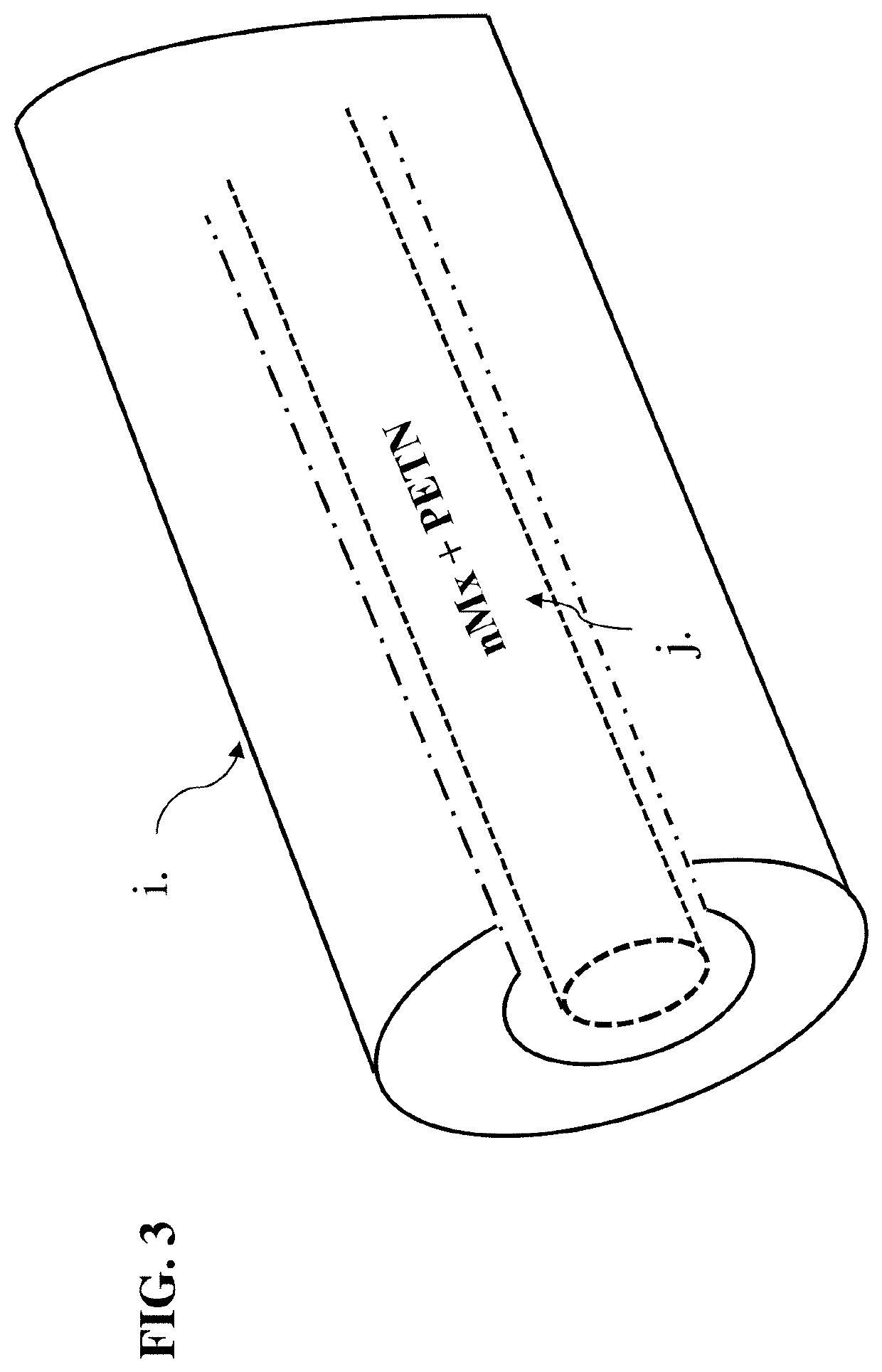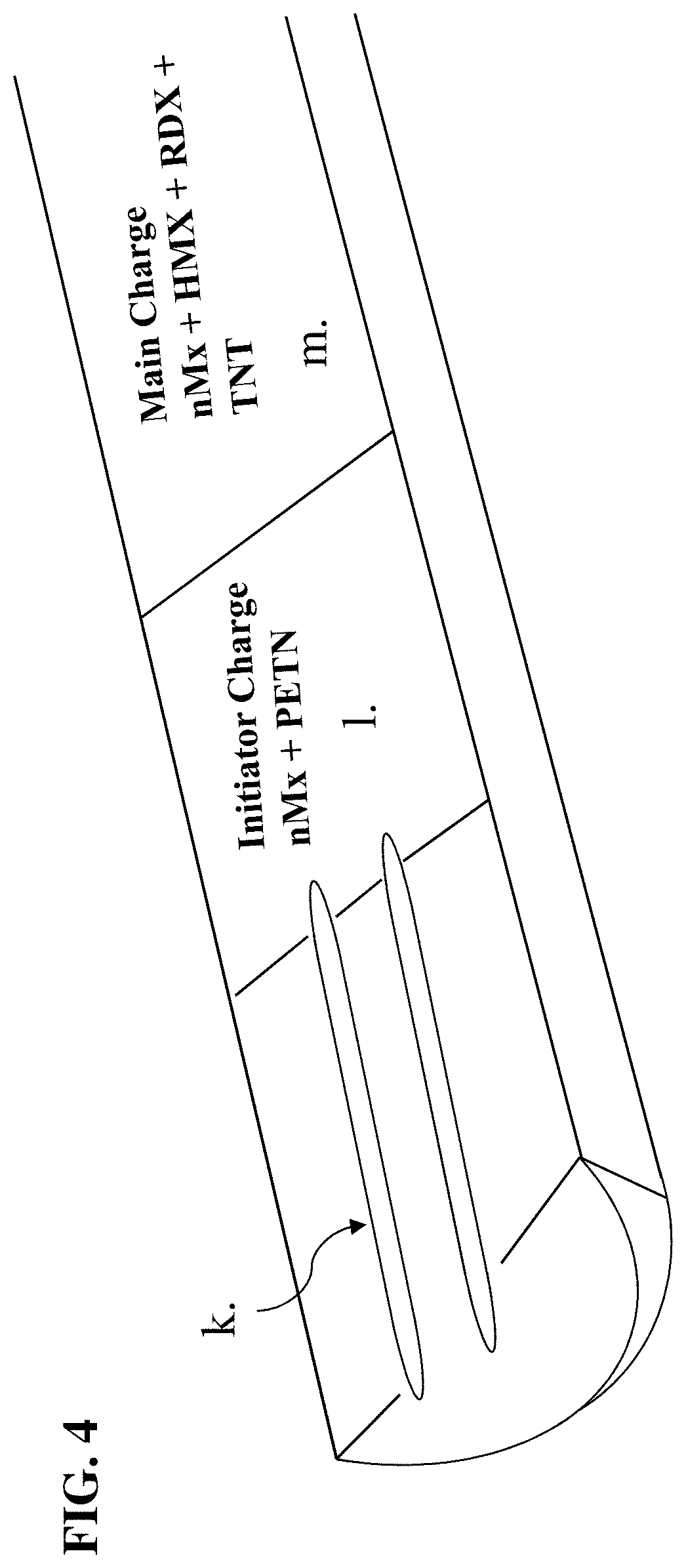Nano-enhanced explosive material
a technology of explosive material and enhanced explosives, which is applied in the direction of explosives, inorganic chemistry, chemistry apparatus and processes, etc., can solve the problems of reducing the combustion properties of metals, requiring a large amount of energy, and affecting the efficiency of in-line elements of explosive trains
- Summary
- Abstract
- Description
- Claims
- Application Information
AI Technical Summary
Benefits of technology
Problems solved by technology
Method used
Image
Examples
Embodiment Construction
[0097]From this point forward, the following words disclose our nano-enhanced explosive, methods for creating the nano-composite, methods for making our explosive, and the explosive's use within various in-line elements of an explosive train. Our invention includes a singular material having two distinct nanoparticles, an amount of Ti metal, and an organic nanoscale layer, i.e., lithium aluminum hexahydride (Li3AlH6) and elemental aluminum nanoparticles with an amount of Ti metal having passivated surfaces that display unique burning characteristics that lend energy to explosions when admixed with a secondary high explosive. The nanocomposite is air stable for safe handling in air when mixing with a secondary high explosive. However, our words are not a limitation on the scope of the present invention but are written to detail certain embodiments thereof. After reading the detailed description, modifications will become apparent to those skilled in the art, and those modifications a...
PUM
 Login to View More
Login to View More Abstract
Description
Claims
Application Information
 Login to View More
Login to View More - R&D
- Intellectual Property
- Life Sciences
- Materials
- Tech Scout
- Unparalleled Data Quality
- Higher Quality Content
- 60% Fewer Hallucinations
Browse by: Latest US Patents, China's latest patents, Technical Efficacy Thesaurus, Application Domain, Technology Topic, Popular Technical Reports.
© 2025 PatSnap. All rights reserved.Legal|Privacy policy|Modern Slavery Act Transparency Statement|Sitemap|About US| Contact US: help@patsnap.com



